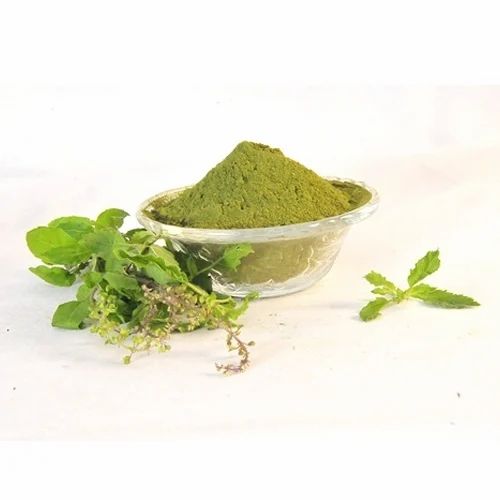+91 94432 44390
Tulsi (Ocimum sanctum), also known as holy basil, is a sacred and medicinal herb revered in Hinduism and widely used in Ayurvedic practices. It is an aromatic, perennial shrub, typically 30-60 cm tall, with hairy stems and simple, opposite leaves that can be green or purple. The leaves are ovate and have a slightly toothed margin, and the plant produces small, purplish or white tubular flowers in terminal spikes.
Key Features of Tulsi:
Habitat: Native to the Indian subcontinent, but now found globally in tropical regions.
Leaves: Simple, opposite, ovate, with a slightly toothed margin, green or purple in color, strongly scented.
Flowers: Small, purplish or white tubular flowers, borne in terminal spikes.
Fruits: Nutlets, small, one-seeded.
Uses: Widely used in religious rituals, Ayurvedic medicine, and for its medicinal properties, such as antioxidant, anti-inflammatory, and antimicrobial actions.
Cultivation: Grown for religious and medicinal purposes, as well as for its essential oil.


Botanical Name: Ocimum sanctum or Ocimum tenuiflorum.
Common Name: Holy Basil or Sacred Basil
Parts Used : Tulsi extracts are derived from various parts of the plant, including leaves, stems, flowers, roots, and seeds
Family: Lamiaceae (Mint family).
Active Principles: Tulsi extracts are derived from various parts of the plant, including leaves, stems, flowers, roots, and seeds.
WhatsApp us
